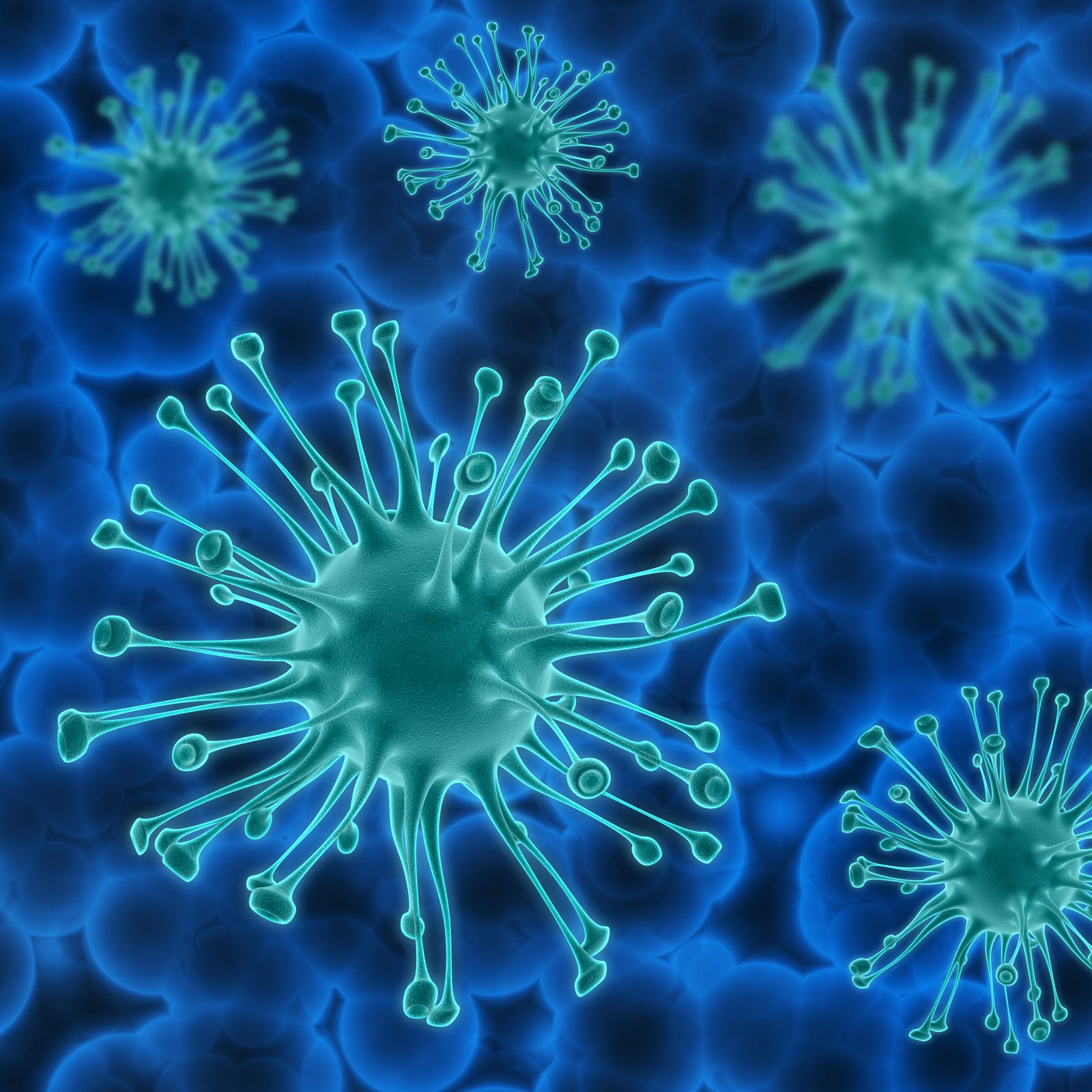1.A New Approach to Fighting Stubborn Infections
A synthetic microbiome therapy shows promise in fighting dangerous gut infections. Tested in mice, it combats Clostridioides difficile (C. difficile), a stubborn and potentially deadly bacterium. Researchers at Penn State developed this treatment as a safer alternative to antibiotics and traditional fecal transplants.
2.How Does the Synthetic Therapy Work?
The therapy uses carefully selected bacteria strains to suppress C. difficile. Unlike fecal transplants—which transfer stool from healthy donors—this method avoids fecal matter entirely. Instead, it relies on precise bacterial mixes linked to blocking infections. Remarkably, it worked as well as fecal transplants in mice but with fewer risks.
3.The Problem with Current Treatments
C. difficile thrives when the gut microbiome (trillions of microbes that keep your body healthy) is disrupted, often by antibiotics. These infections cause severe diarrhea and colon inflammation, leading to 500,000 U.S. cases yearly. Antibiotics often fail because C. difficile resists drugs and worsens microbiome imbalance.
4.Why Fecal Transplants Aren’t Perfect
Fecal transplants restore healthy gut bacteria but carry risks. “It’s like mixing random pills hoping something works,” explained Jordan Bisanz, the study’s senior author. Occasionally, harmful bacteria sneak into transplants, causing unintended harm.
5.From Lab to Results: Testing the Synthetic Mix
Using machine learning, the team identified 37 bacteria strains that suppress C. difficile. They combined these into a lab-made microbiome therapy. When given to mice, the mix reduced infections, delayed relapses, and eased symptoms. Surprisingly, one strain—Peptostreptococcus—alone matched traditional transplants’ effectiveness.
6.A Single Strain Stands Out
Peptostreptococcus starves C. difficile by consuming proline, a nutrient the harmful bacteria needs. This discovery challenges past theories about bile acids being key to fighting infections. “This strain is a game-changer,” Bisanz said, highlighting its potential for targeted treatments.
7.Looking Ahead: Beyond C. difficile
The team’s approach could revolutionize treatments for other conditions, like inflammatory bowel disease. By understanding how microbes interact, researchers aim to create “microbial drugs” tailored to specific illnesses.
8.Funding and Support
The study, published in Cell Host & Microbe on March 3, received support from national health institutes and Penn State. A provisional patent has been filed for the technology.
9.Why This Matters
This breakthrough offers hope for safer, more effective therapies. For high school students, it’s a fascinating example of how science turns lab discoveries into real-world solutions—one tiny bacterium at a time!
Source:Penn State
Date:Mar 3 2025




